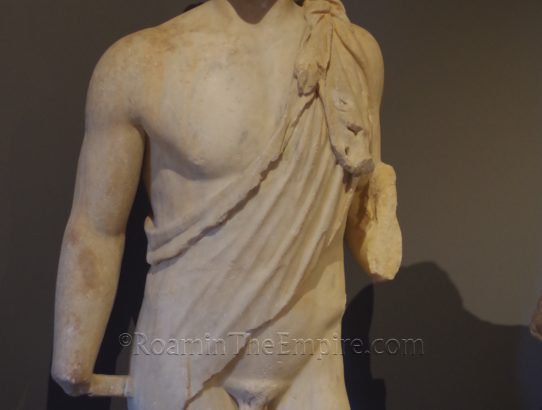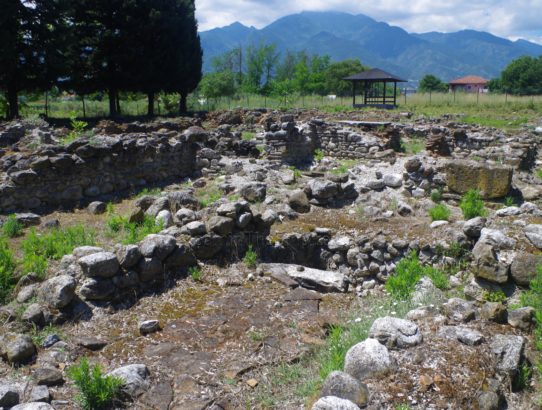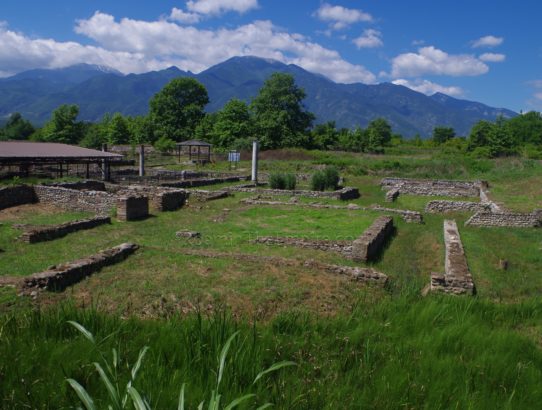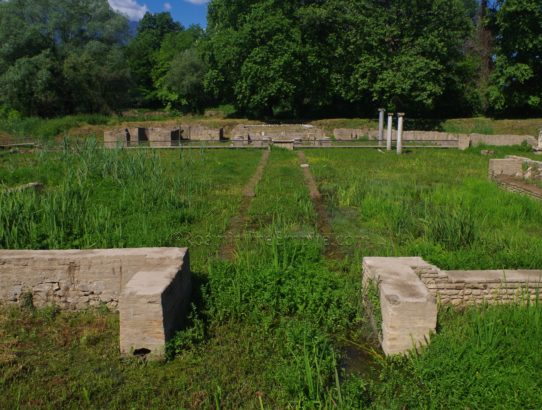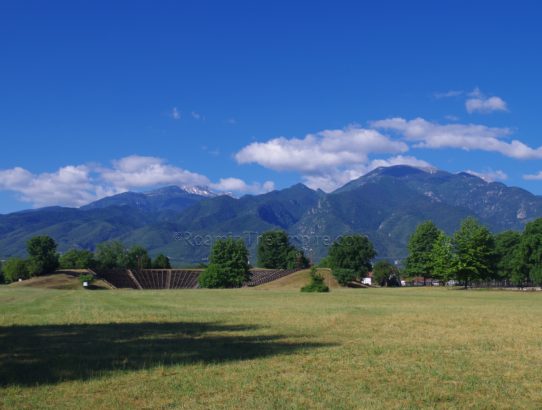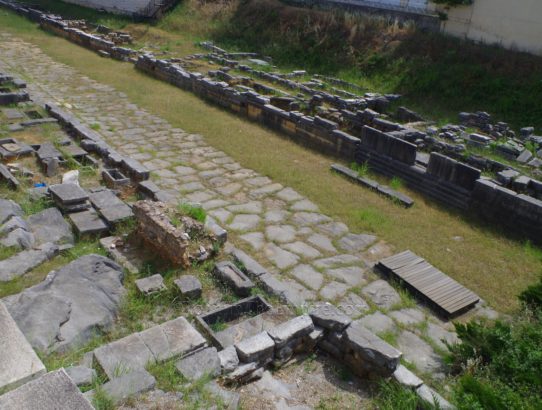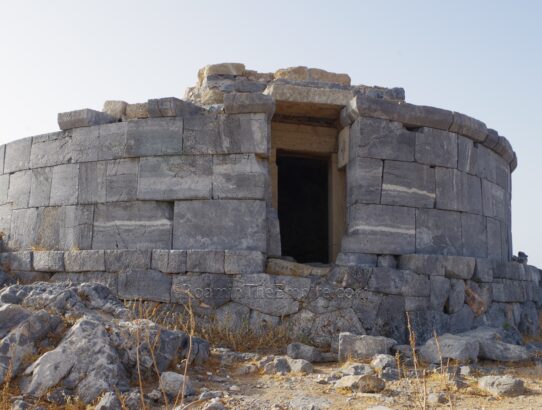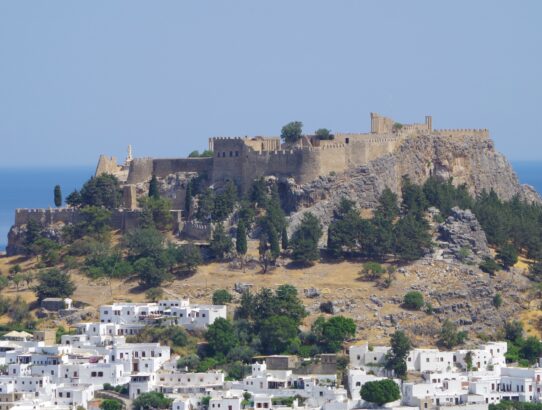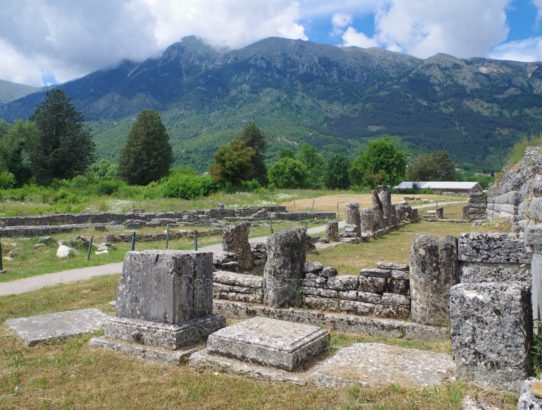Chalcis, Achaea
Most Recent Visit: June 2021 The Greek settlement of Chalcis (also Chalkis or Χαλκίς in Greek) is located about midway up the western coast of the island of Euboea (modern Evia), at the narrowest point of the Euripus, the body of water that separates Euboea from mainland Greece. The name is alternatively attributed to either…
Read More


